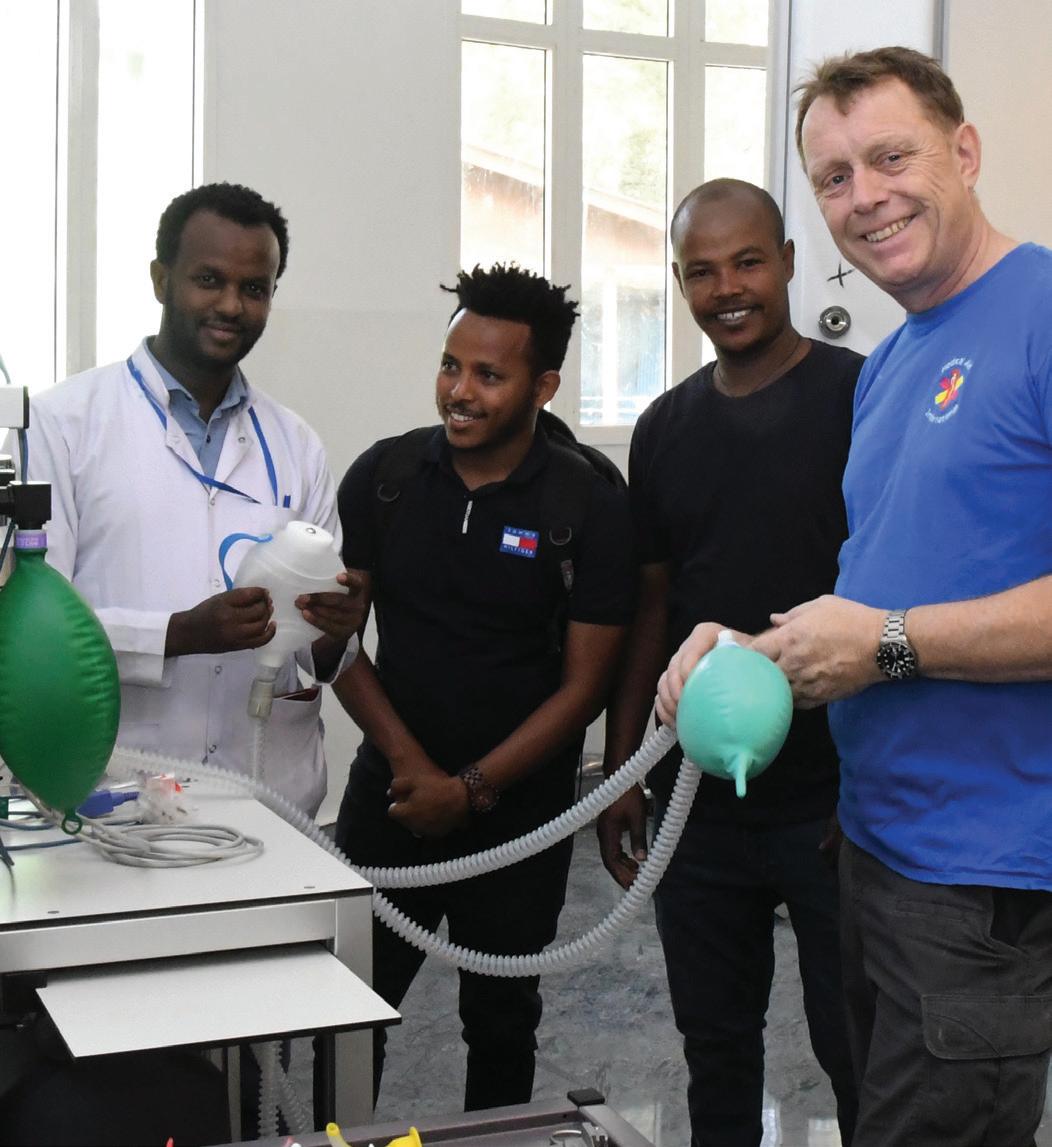
4 minute read
What Sets Our Solutions Apart
When it comes to medical aid, compassion and generosity are not enough. The aid has to be appropriate to the recipient’s circumstances and readily usable in their environment. Hospitals and healthcare facilities in LMIC regions are all too often supplied with Western-donated aid equipment that is simply too delicate, too resourcehungry, and of inappropriate technical specification for these locations. Just a few examples of typical LMIC conditions that make donated medical equipment often impossible to deploy include: • Electricity supply issues – Utilities can be unpredictable in LMIC regions. Donated equipment often has no manual, battery, or alternative power source for when the power fails. • Technical incompatibility – North American donated equipment, in particular, often operates at a different voltage to local standards, incurring an additional cost for step-down voltage transformers, but also creating a very real danger that untrained personnel will connect the equipment directly to the local power supply, and inadvertently destroy it. • Prohibitive cost of consumables – Anaesthetic and some other devices often rely on consumables that must be regularly replaced.
These can be impossibly expensive for LMIC users. But at Medical Aid International, not only do we source, repurpose and adapt existing equipment specifically to suit LMIC environments – and reject it if it’s not fit for purpose – if the solution doesn’t exist, we’ll design and build it, or commission it, ourselves. And we devise and implement training programmes from scratch too, to ensure the equipment we supply keeps working, treatment keeps going, and patients keep recovering.
Advertisement
Ethiopia. Demonstrating the Anaesthetics machine
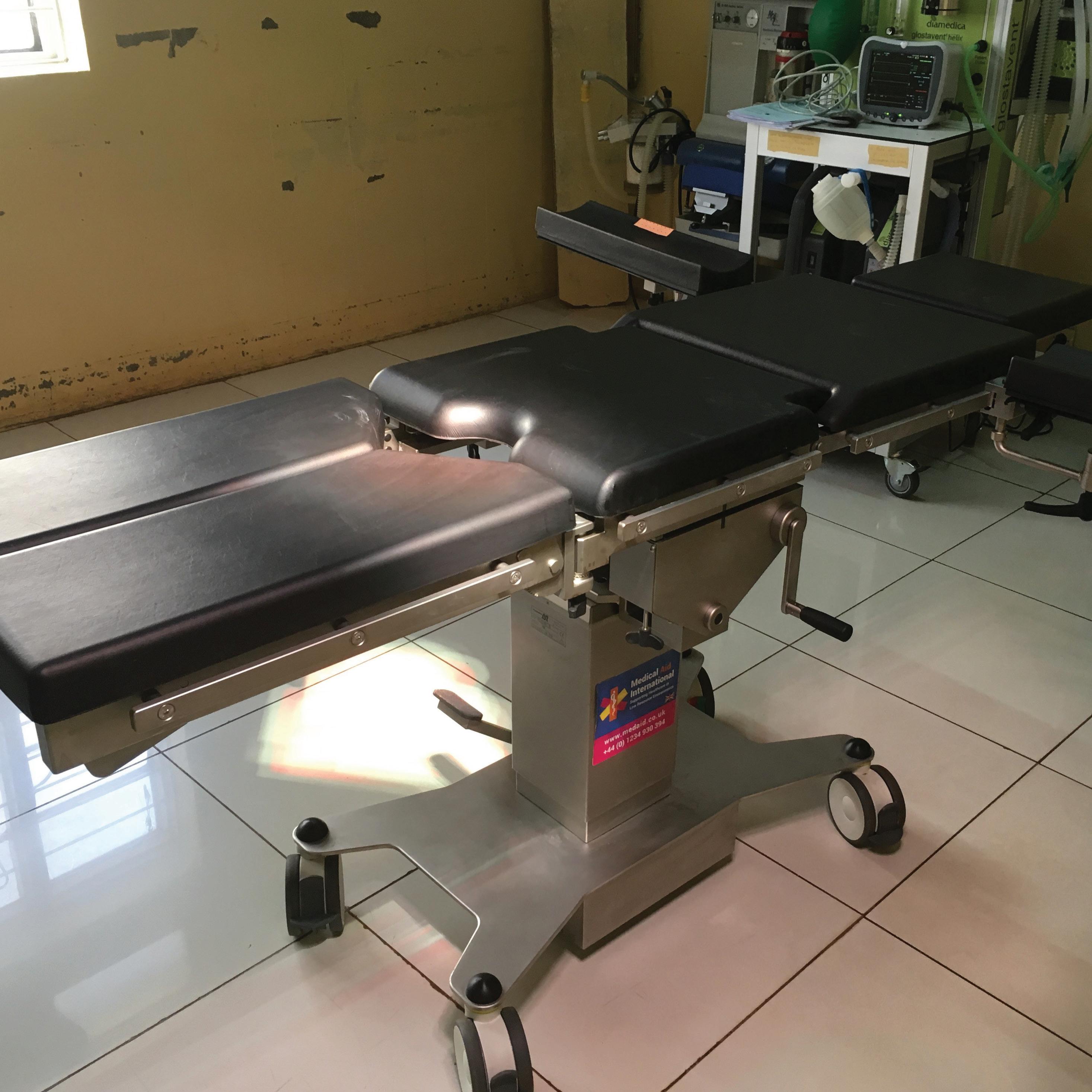
What Makes Us Different?
Here are some examples of the equipment we supply and how it addresses the issues often raised by context-inappropriate donations to LMIC regions.
Operating Table
Versatility without bulk and complexity
Donated electric tables break easily and often the backup batteries are totally worn out. The tables are also very rarely sent with a minimum set of operating accessories, and the mattresses tend to be of very poor quality, leading to a very high risk of burns from electrocautery systems. In response, we designed and developed the Medical Aid International Operating Table, a European-manufactured, CE-marked solution that requires no electricity, is easy to disassemble and light to transport for outreach and disaster work, and comes ready-supplied with essential attachments for arm, leg, gynaecological, obstetric and urological surgery. Optional extensions enable this modular solution to deliver still more versatility and surgical value.
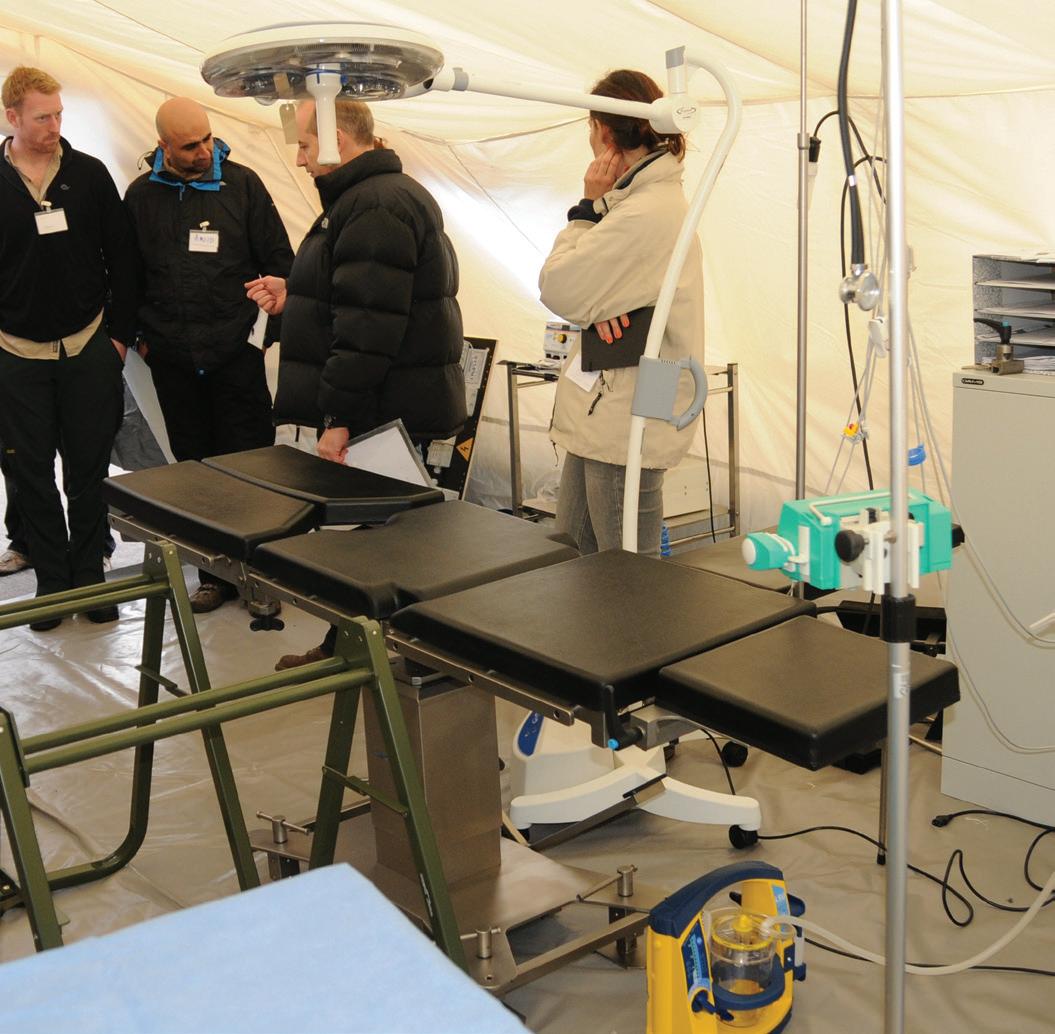
Disaster relief training with Save The Children and UK Med
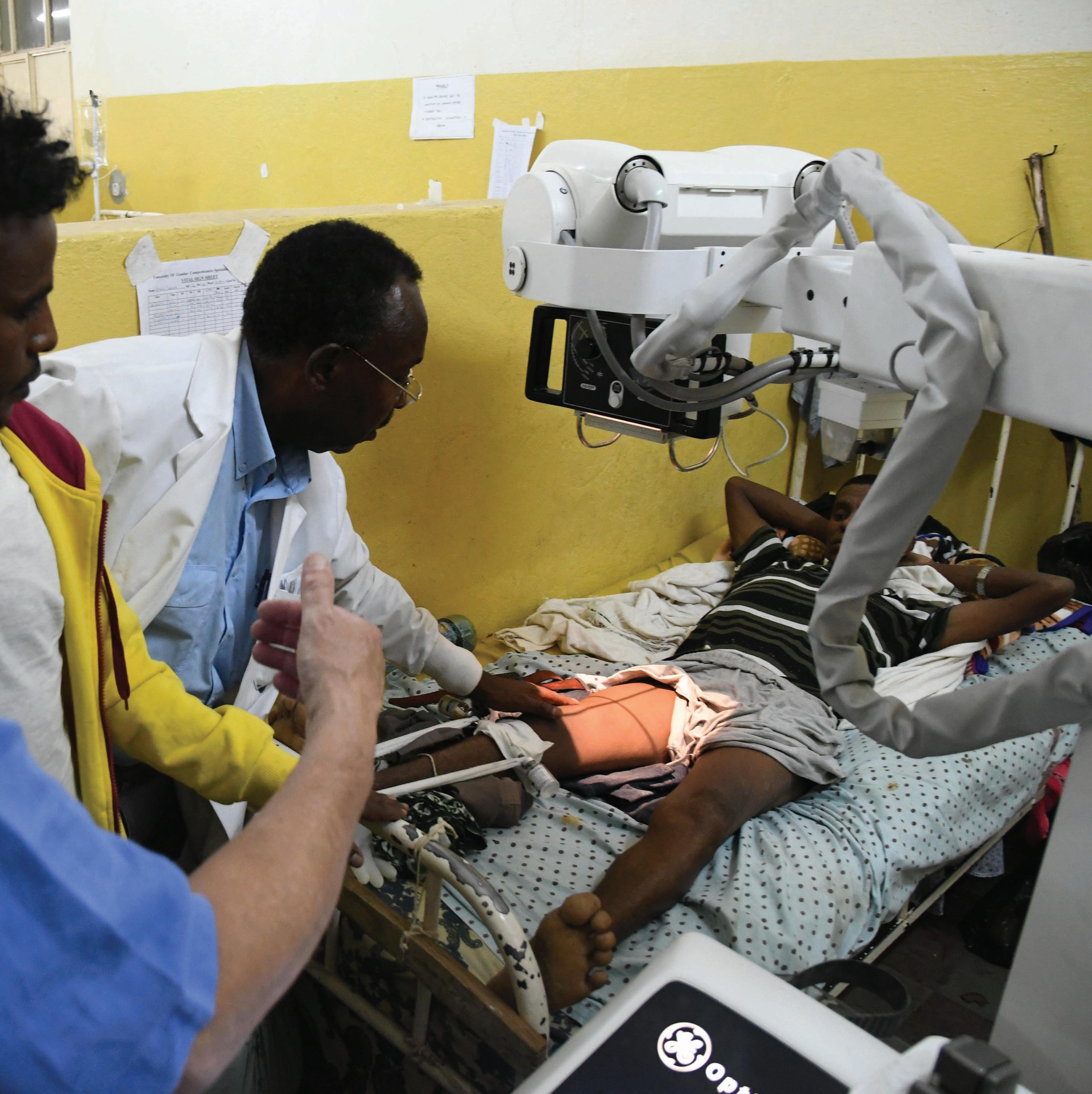
Digital X-Ray System
Instant images, no costly consumables
Apart from the challenges associated with old, unreliable X-ray equipment, LMIC regions also face often impossibly high costs for consumables such as film and development chemicals. And because many LMIC healthcare facilities are based in rural and remote areas, X-rays cannot easily be shared with colleagues in other institutions for a second opinion. To address these challenges, we provide the Medical Aid International X-Ray System. Compatible with existing X-ray equipment, but requiring no film or development, it encases the X-ray plate in a ‘cassette’ that is then read by a scanner, and, just 45 seconds later, produces a faithful, interactive, image that can be shared electronically. The solution is supplied with a comprehensive but user-friendly software package that makes it possible to join images together, measure lengths and angles, zoom in, and alter contrast. The software has full patient data record capability, and makes the image instantly visible to authorised networked computers and users anywhere in the world, and also printable for patients’ notes. Our Digital X-Ray System is also ideal for the urgency of intra-operative fracture treatment (where the X-ray takes place on the operating table), as the surgeon receives images less than a minute after exposure. This offers a practical and realistic solution when there are no image intensifiers available.
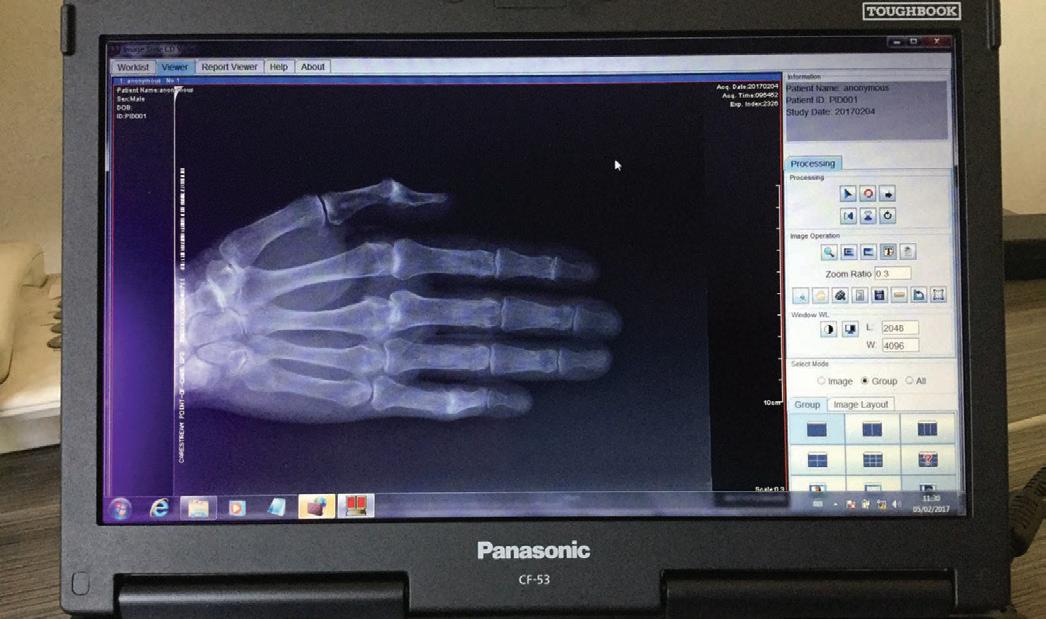
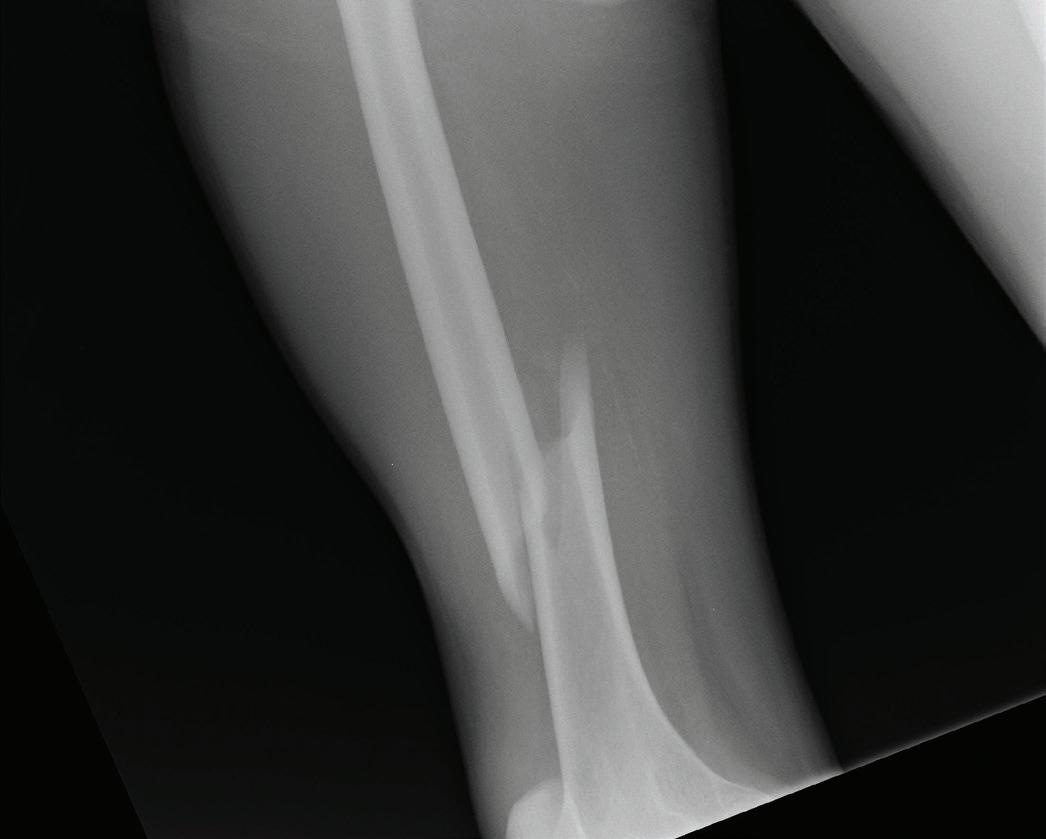
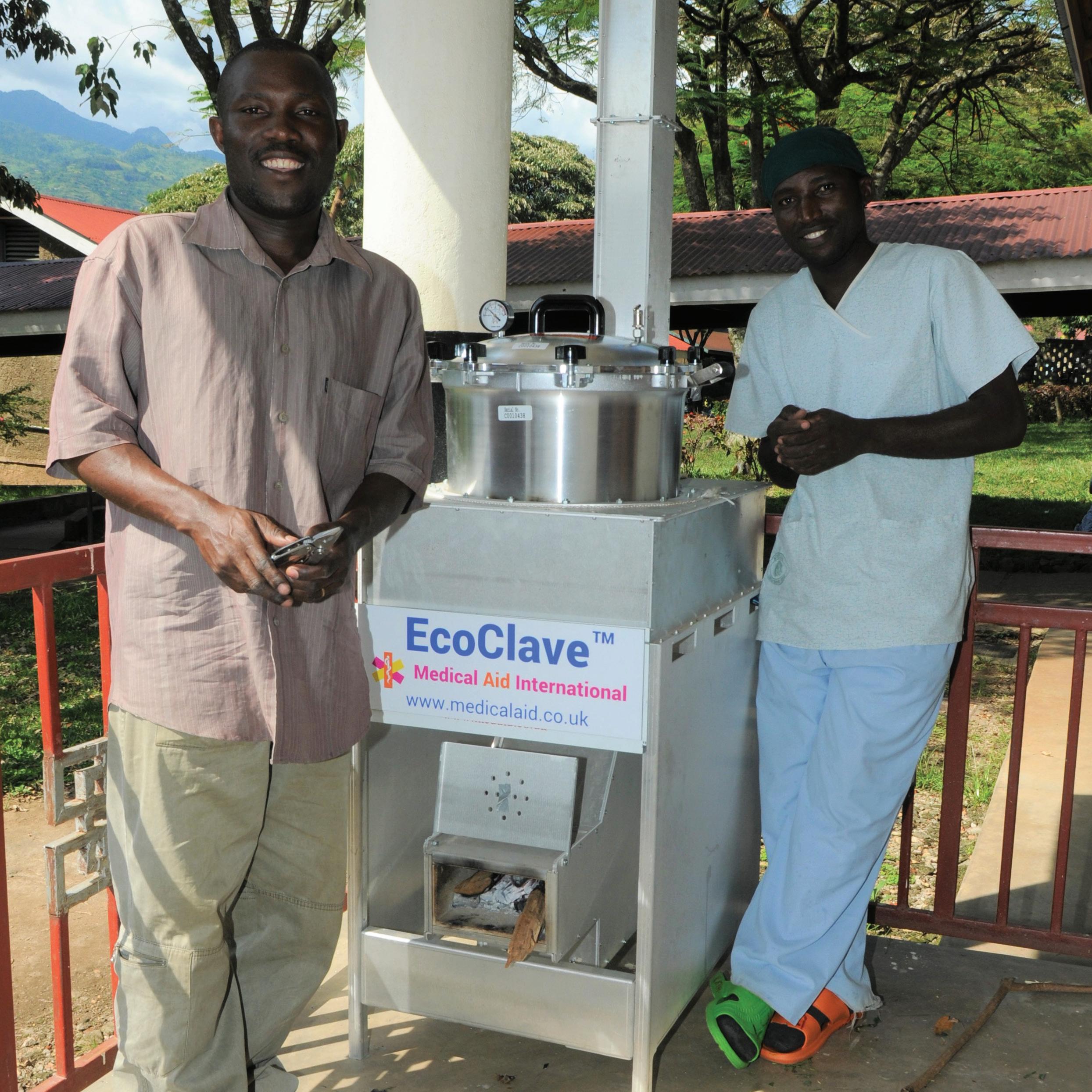
Sterilisation
Sterilisation of medical equipment in LMIC environments is a major challenge, particularly in more rural locations because of an absence of affordable, serviceable, easily usable equipment and an often unreliable – or non-existent – electricity supply. Consequently, infection rates are high – and increased mortality rates inevitably follow. The obvious answer is to use sterilisation devices (autoclaves) that are designed to work in low resource environments. Medical Aid International can advise on the appropriate solution for your organisation to ensure long term sustainable sterilisation services. Of particular concern is sterilisation in rural locations that have no or limited electrical supply. Pressure cooker autoclaves are ideal but the availability of fuels such as kerosene are limited and often too costly. The consequence is sporadic or non-existent sterilisation that puts lives at risk. But the Medical Aid International EcoClaveTM changes all this. Non-electric, simple to use, maintenance-free, and robust enough for LMIC environments, it is also exceptionally fuel-efficient, as its insulated aluminium frame concentrates the wood-fired heat onto the sides and base of its integral pressure-cooker autoclave, controllably. There is now no reason for rural hospitals and healthcare facilities in LMIC regions to neglect sterilisation through lack of resources, skills, training, or time. The EcoClaveTM gets to operating heat and pressure within fifteen minutes from cold, does not require medically trained personnel to work it, and can sterilise three large general surgical sets simultaneously.
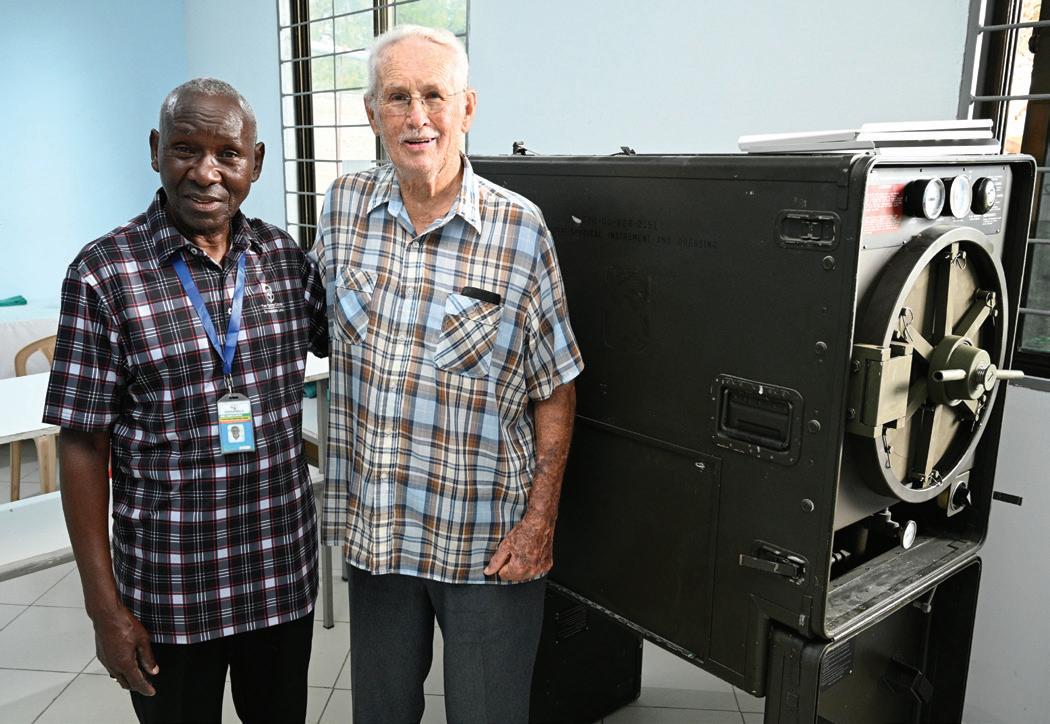
Songambele Hospital, North West Tanzania
“EcoClave has greatly impacted on infection control in a way that means instruments and dressing packs are sterile, and procedures are done without any fear of infection since there are no prior assumptions of sterility.” – African source









